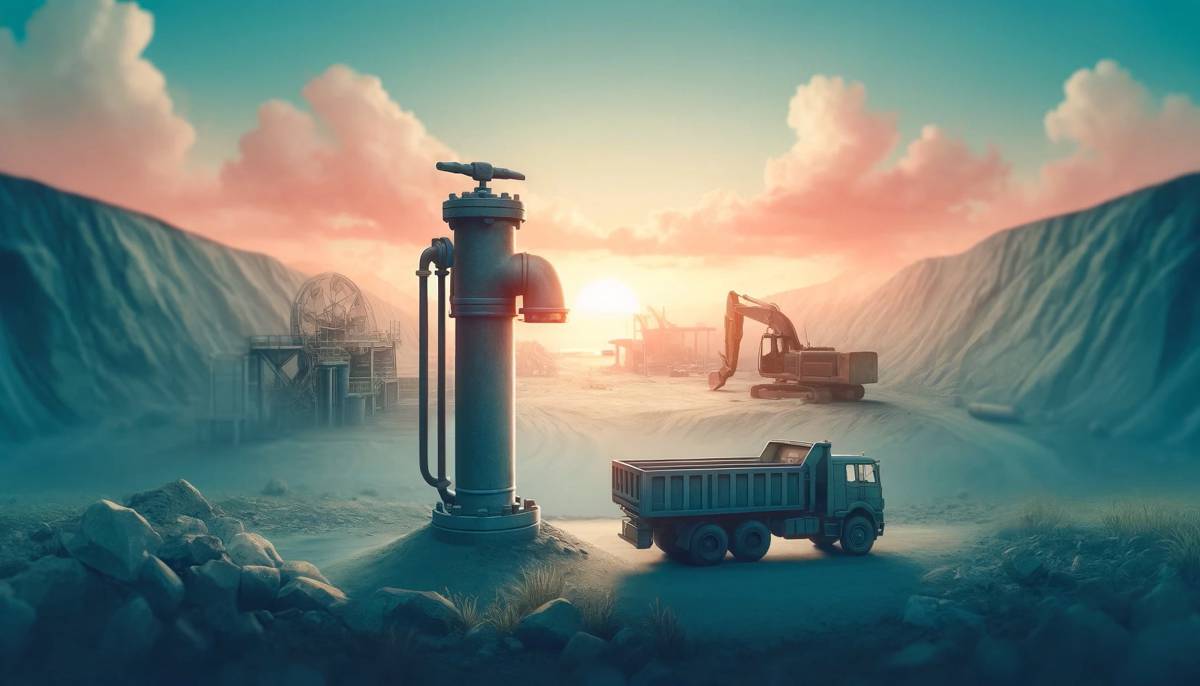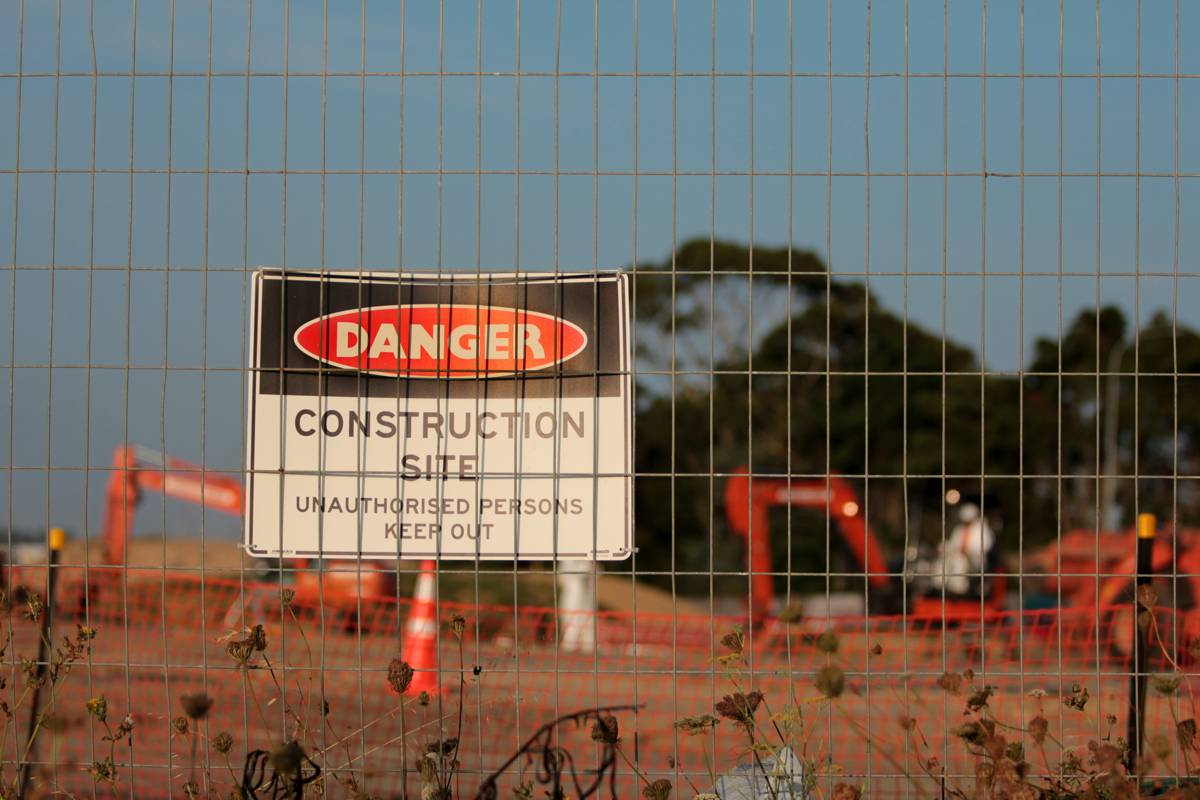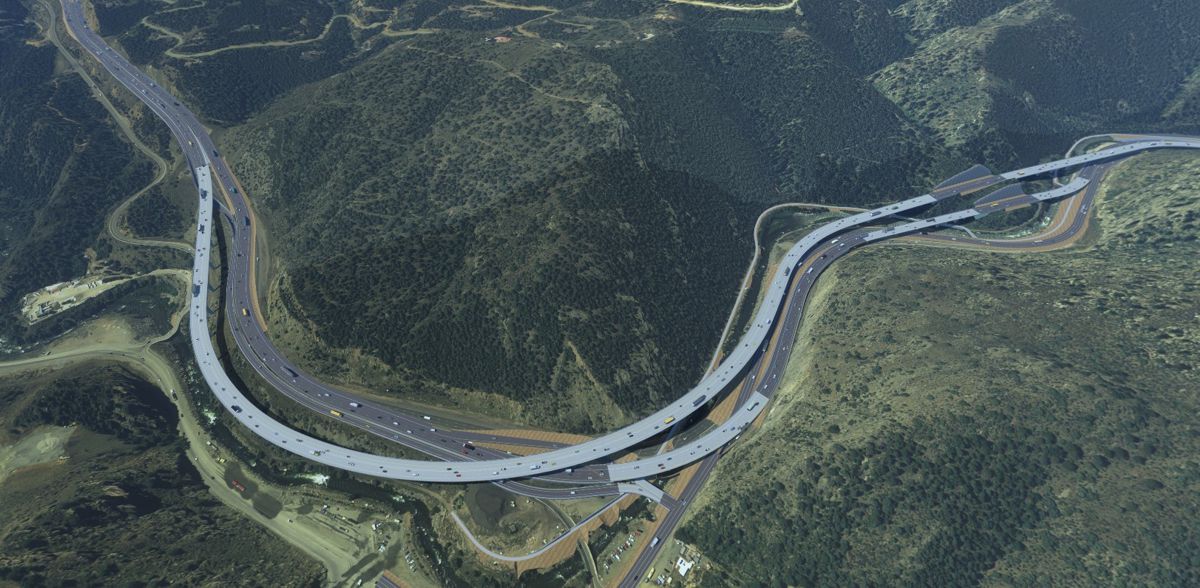The Crucial Role of Standpipes in the Mining Industry
In the mining industry, hazards are around every corner. From the potentially unstable grounds within the depths of underground tunnels to the huge clouds of dust generated in the sprawling expanses of open-pit mines, miners brave a myriad of health and safety risks with each shift they undertake. In such an environment, safety isn’t just a priority—it’s a lifeline.
Amidst the array of safety equipment that safeguards miners in their perilous pursuit, one ally stands out—the standpipe, also known as water truck fill point or overhead water fill station. This unassuming apparatus embodies versatility, offering a myriad of functionalities that are indispensable to the safety, efficiency, and well-being of mining operations. Some of the standpipe’s most important roles include the following:
Emergency Water Supply
Imagine toiling away in the depths of a mine, miles from the surface, when disaster strikes: a ruptured waterline or perhaps a sudden power outage. In such dire circumstances, access to water becomes not just a convenience, but also a matter of survival.
This is when standpipes—which are erected before any mining activity begins—come into play. Strategically positioned throughout the mine, these pipes are designed to be ready to dispense water in large volumes, no matter how high or low the pressure can be. Simply put, standpipes provide access to a reliable emergency water supply, allowing miners to stay hydrated, keep reasonably clean, and sustain themselves until normalcy is restored.
Dust Suppression
Practically every mining operation produces and accumulates dust. This is especially true in mines found in the great outback of Australia. During these times, visibility can be severely affected by haze; respiratory health can also be compromised. Of course, miners are required to wear various equipment like goggles and dust masks or respirators. That being said, there are times when these pieces of protective gear aren’t enough to handle the high volume of dust kicked up by mining activities.
In these situations, standpipes are used as vital water fill stations for water trucks and carts that spray water for timely dust suppression. This protects not just the workers, but also all the equipment on-site. Through these dust suppression systems, which include standpipes as key components, miners can breathe easy and work safely, free from the suffocating grip of airborne particles.
Cooling and Temperature Control
Whether the site is on level ground or beneath the earth’s surface, temperatures in a mining site can soar to dangerous levels. In these extremely hot working environments, standpipes offer a reprieve—a cool, refreshing oasis amidst the heat. With a twist of a valve, miners can fill water cards with water that they can then use to douse themselves, lowering their body temperatures and improving their comfort levels.
Moreover, standpipe water serves as a vital coolant for machinery and equipment, ensuring they operate at optimal efficiency in the face of relentless heat.
Basic Fire Protection
Fire is a very common hazard in industries and a major threat in a mining site. Fortunately, standpipes and water carts can provide access to water and serve as the first line of defence against minor fire incidents. This way, miners can be more proactive and prevent small flames from getting larger and more destructive.
Supporting Equipment Operation
Many of the machines used in mining, with their heavy-duty components, rely on a steady supply of water to keep working efficiently. In this regard, standpipes fulfil the crucial role of water provider.
Whether it’s cooling drills or lubricating conveyor belts, standpipes help ensure that equipment remains operational and that downtime is minimised. Ultimately, standpipes are vital components that contribute to the overall productivity and efficiency of a mining site.
Soil Compaction
Standpipes play a vital role in aiding soil compaction for mining sites by providing a reliable source of water that facilitates compaction processes. Soil compaction involves the use of heavy machinery, such as compactors or rollers, to exert pressure on the soil. This reduces voids in the soil and increases density so that it can bear heavier loads without collapsing. But that’s just half of the equation.
Water is essential for effective compaction as it acts as a binding agent, allowing soil particles to adhere together more closely. Standpipes deliver this water to water trucks and water carts that then spray water on the ground to facilitate soil compaction. With standpipes on the mining site, there’s a consistent and accessible water supply, enabling operators to adjust moisture levels in the soil as needed to optimise compaction efforts and ultimately improve site safety and efficiency.
Emergency Communication
In the depths of a mine, where silence and isolation loom large, effective communication is the lifeline that connects miners to the surface above. Here, standpipes serve as more than mere conduits of water; they can also double as nodes of communication when equipped with emergency call boxes and intercom systems. In times of crisis, miners can reach out and call for aid with the push of a button.
The humble standpipe emerges as an integral part of safety and efficiency in the mining industry. Its versatile functions, from suppressing dust to cooling equipment, ensure miners can work safely and confidently. As the mining industry progresses, let us acknowledge the vital role of standpipes as silent protectors, steadfastly upholding safety amidst the challenges of the underground world.















